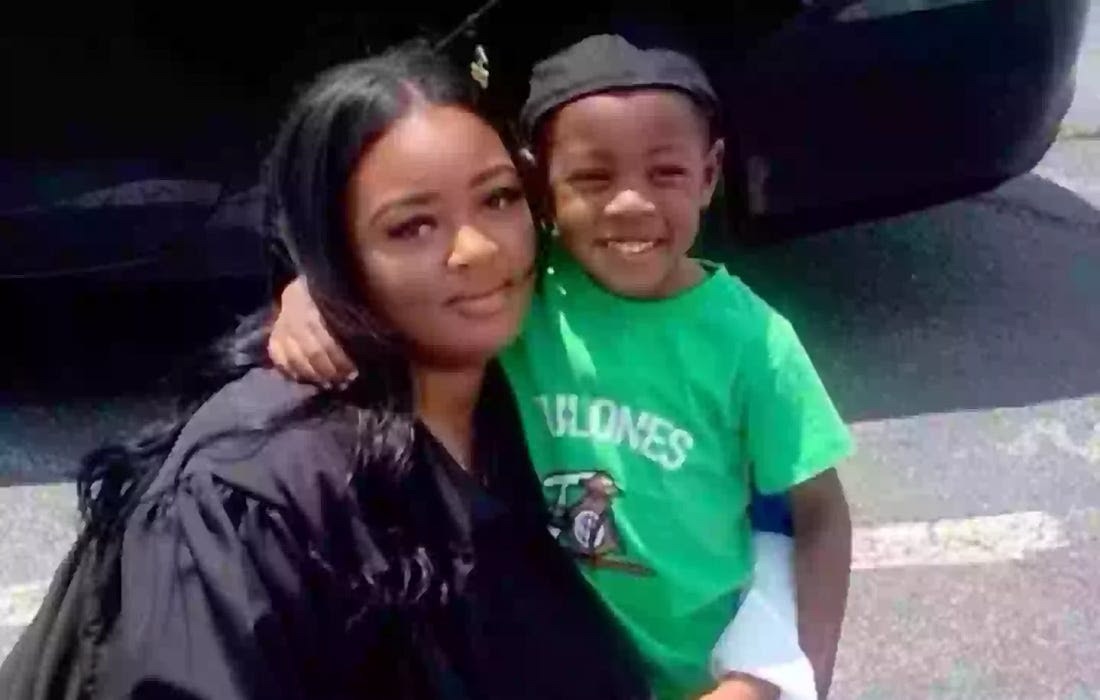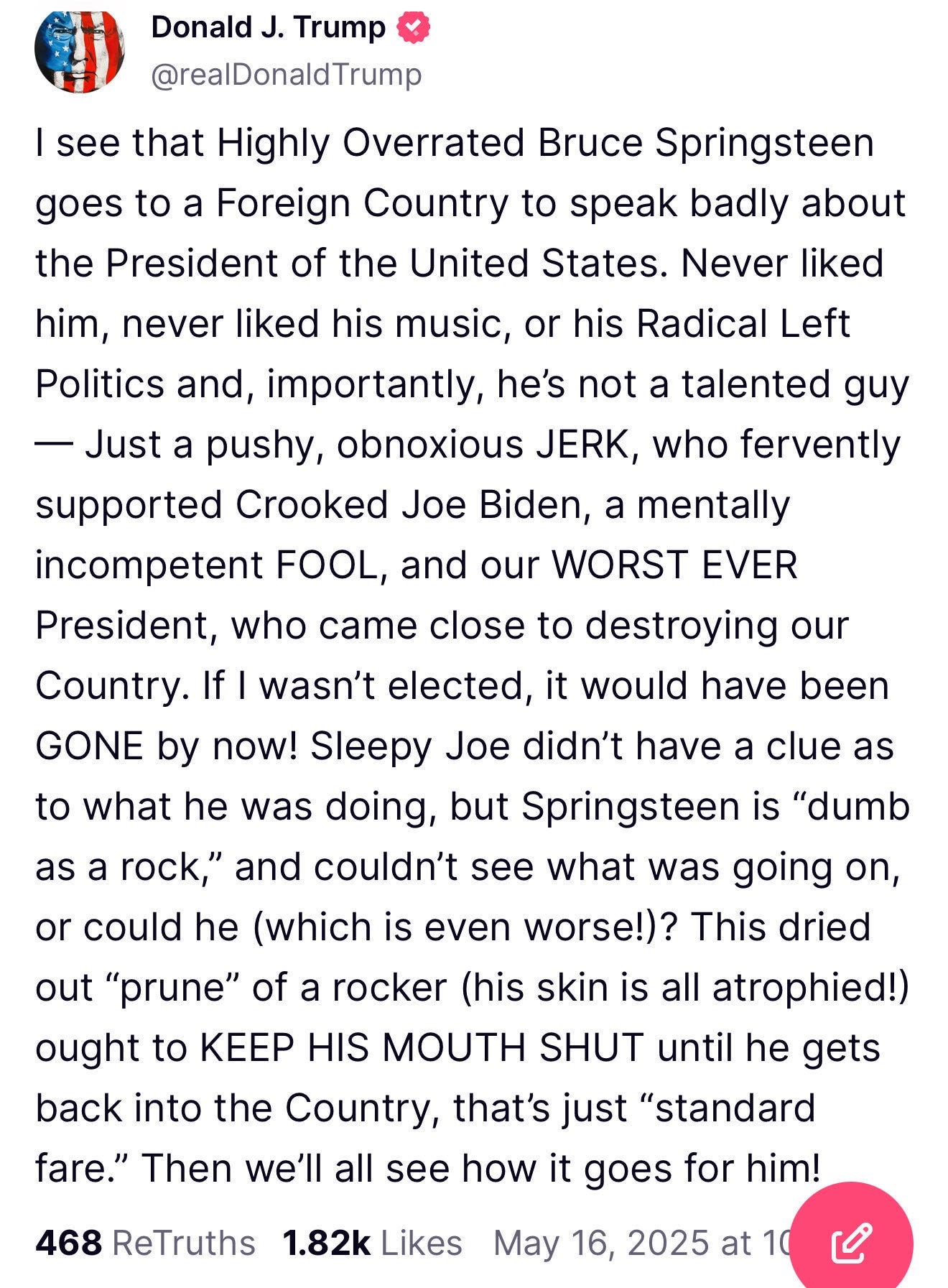As I was scrolling through Twitter on Sunday, I read a bunch of anti-Biden tweets, so I added my two cents.
I tweeted:
Maybe it’s just me, but I would rather have Joe Biden (surrounded by highly competent people) asleep than Donald Trump at his best (surrounded by Fascists, haters, and law-breakers) on his best day. @jaketapper @AlexThomp
I once wrote on this blog that I would never criticize Joe Biden because he was running against a man who was totally unfit for the job. Several Trumpers has since written to complain about that statement, saying that it demonstrated my bias, but time has confirmed my view.
Regardless of his mental state, Biden would never have appointed a crackpot to run the National Institutes of Health. He would never have defunded USAID, NPR, PBS, FEMA, the Voice of America, the Consumer Product Safety Commission, and the U.S. Department of Education. Nor would he have let loose Elon Musk’s DOGS to ransack federal agencies, fire thousands of expert career officers, mess with the Social Security Administration, and hoover up all our personal data, for whatever nefarious purposes he chooses. Unlike Trump, Biden would not have terrorized institutions of higher education and threatened academic freedom and freedom of speech. Unlike Trump, Biden respected the independence of the Justice Department and the FBI and did not put political lackeys in charge of them or treat them as his personal attack dogs.
Frankly, I can’t keep track of the many federal programs and agencies that Trump has recklessly destroyed. If anyone knows of such a compilation, please share it. Trump and Musk have vandalized our government, and despite the thousands of injudicious, capricious firings, have not saved any money at all.
Then I came across this post by Julie Roginsky, which appeared shortly after the nation learned that former President Biden has prostate cancer, which has metasticized to his bones. She is writing about the new book by Jake Tapper and Alex Thompson that aims to prove that President Biden was experiencing severe mental and physical decline while he was in office and that his family and staff collaborated to conceal that decline from the public.
She wrote:
Maybe now they’ll leave Joe Biden alone — or, better yet, spend some time assessing his actual presidency, both in isolation and in comparison with what has followed.
Stick it to legacy media, which has consistently beaten up on a decent man.
Was Biden operating at half-capacity throughout his term? Was he operating at 10%? Here are some facts, regardless of the opinions rendered by amateur neurologists all over media these days.
“Biden inherited an economy that was flat on its back because of the pandemic, and he’s bequeathing an economy that’s flying high,” said Mark Zandi, the chief economist at Moody’s, which just lowered the credit rating of the United States for the first time in history under Donald Trump.
Biden’s economic tenure was marred by the inflation that was a hangover of the Covid pandemic. But the numbers don’t lie about the rest of it. On his watch, the Dow Jones rose by over 40%, while the Nasdaq rose by almost 50%. The economy expanded by 11% during his four years in office (compared with under 9% during Donald Trump’s first term). Despite inflation, retail sales grew by more than 20%. Household net worth was 28% higher when Biden left office than when he took over from Trump. Unemployment was 2% lower at the end of Biden’s tenure than when he entered the White House.
Most importantly, no one was predicting the demise of our 250 year American experiment while Biden was in charge.
Now, Biden is diagnosed with an aggressive form of prostate cancer, which has spread to his bones. You don’t need to be an oncologist to know that the prognosis is not great.
So maybe now is a good time to reflect not just on Biden’s tenure but on what this obsession with his mental health means for the future of this country. Reporters who have spent the past several weeks on the fainting couch about “the cover up” of his mental condition in the Oval Office have consistently failed to acknowledge the successes of his tenure. They have failed to compare that tenure, both in economic and in governance terms, to what has followed. They have never stopped beating up a man who is no longer in the White House to take stock of the mental health of the current occupant of the White House.
Trump’s mental decline (which is apparent to anyone who has lived in the New York media market for the past four decades) is not happening, you see — because he does not stutter, because he shouts with vigor, because he “truths” at all hours of the night, unlike a septuagenarian who might require more rest.
In short, all this is just “Trump being Trump.” It cannot be that he is stark raving mad.
And Trump’s economic record, the one that is driving inflation ever higher, the one that is destroying consumer sentiment, the one that has driven both the stock and bond markets crazy? Never mind all that. Have you listened to Biden’s conversation with Robert Hur? Now that’s a scandal.
Look, I really don’t care if Biden was confined to a gurney for four years. The facts speak for themselves. The country was more prosperous, the democracy was more stable, the nation was more respected, the people were less terrified, when he was in charge.
Yes, Biden’s staff may have covered up his medical condition while he was in the Oval Office. But the real scandal is the cover up happening now. The media so obsessed with kicking Biden now that’s gone that it is ignoring the very real danger that his successor poses to us all.
I am not a religious person but I hope that whatever higher power exists will look out for Joe Biden. He is a good man, who did well on behalf of the people who entrusted him with the presidency. That is a hell of a lot more than could be said about his successor.
I repeat:
Maybe it’s just me, but I would rather have Joe Biden (surrounded by highly competent people) asleep than Donald Trump at his best (surrounded by Fascists, haters, and law-breakers) on his best day. @jaketapper @AlexThomp




